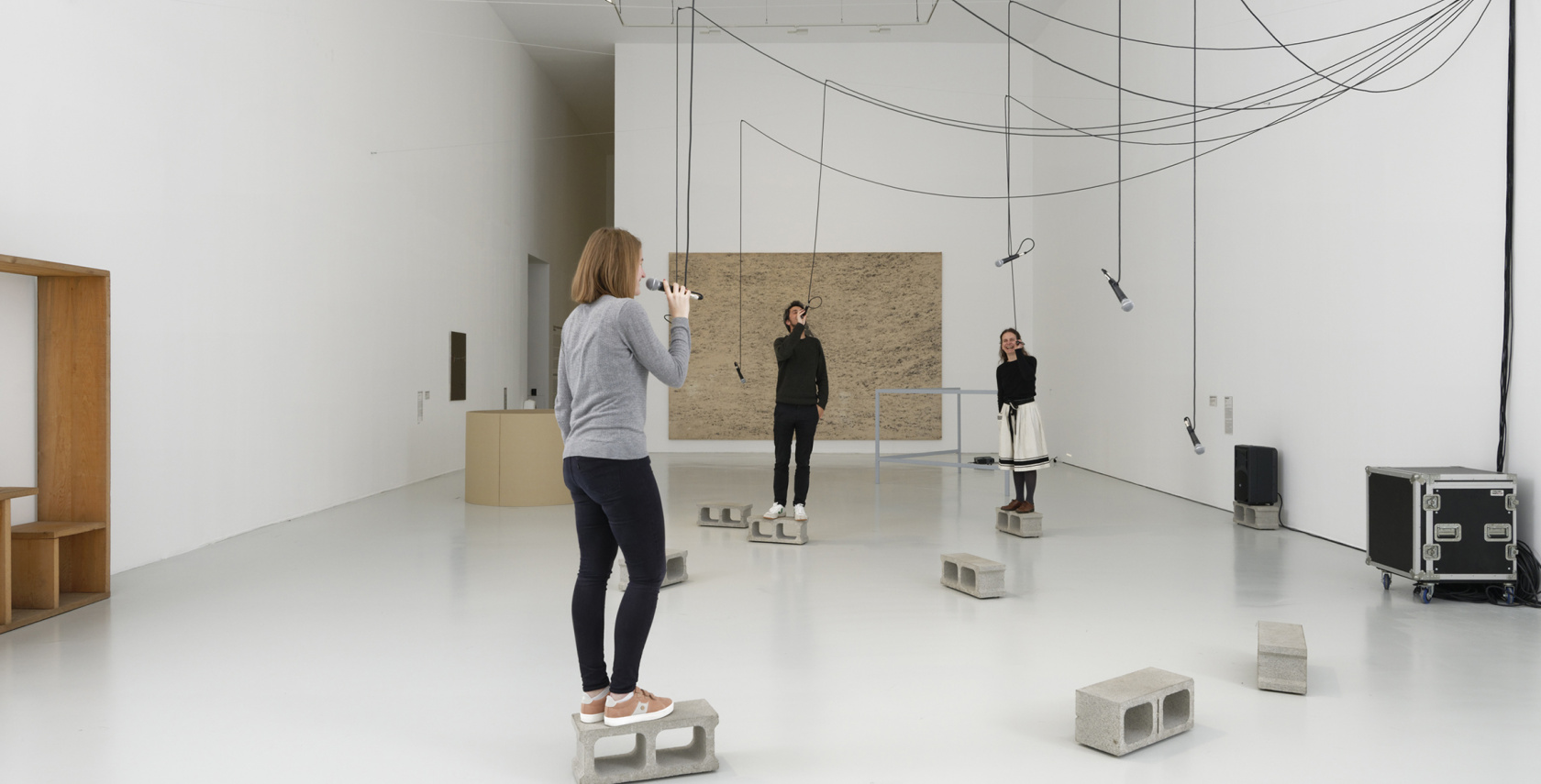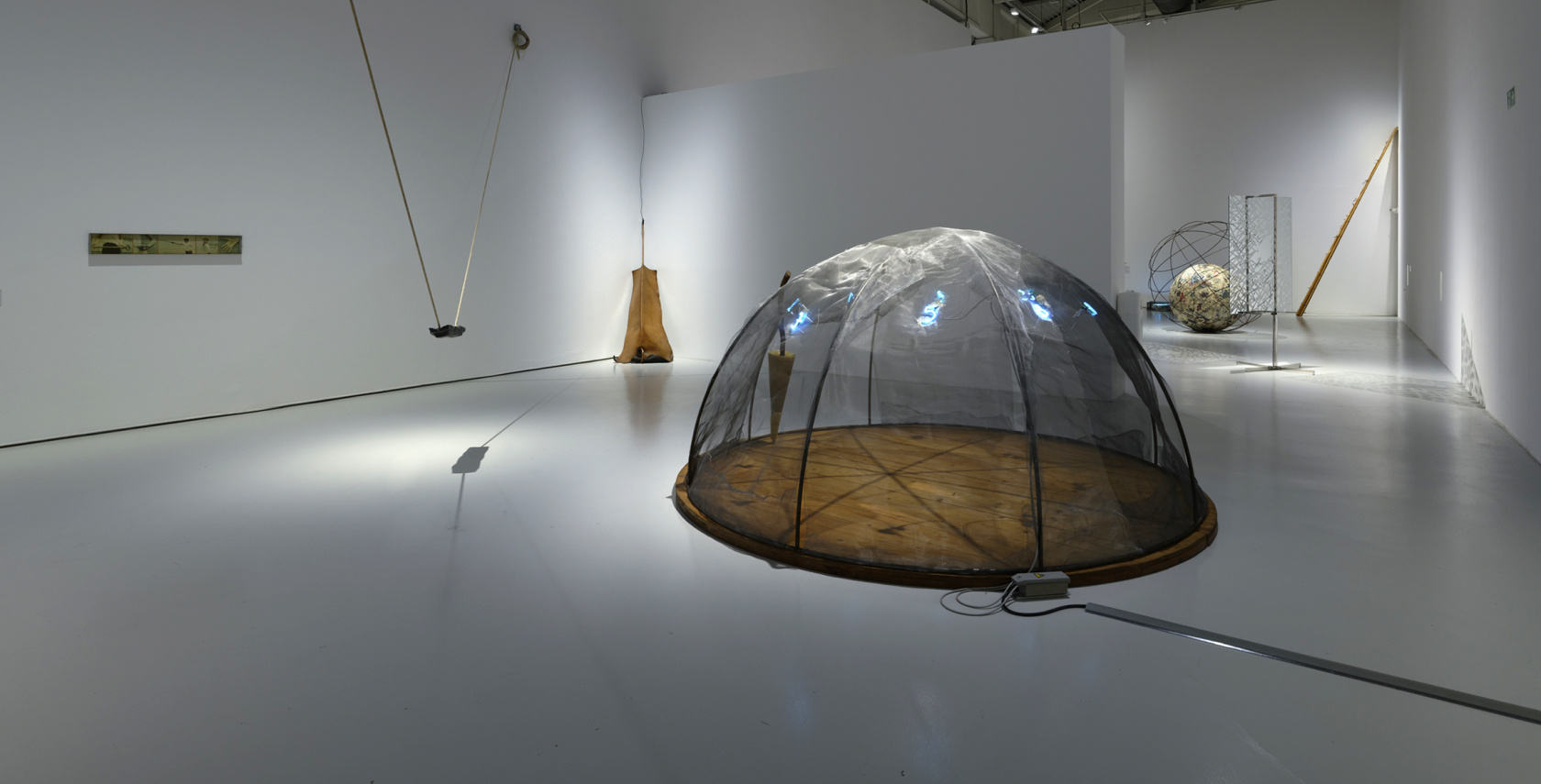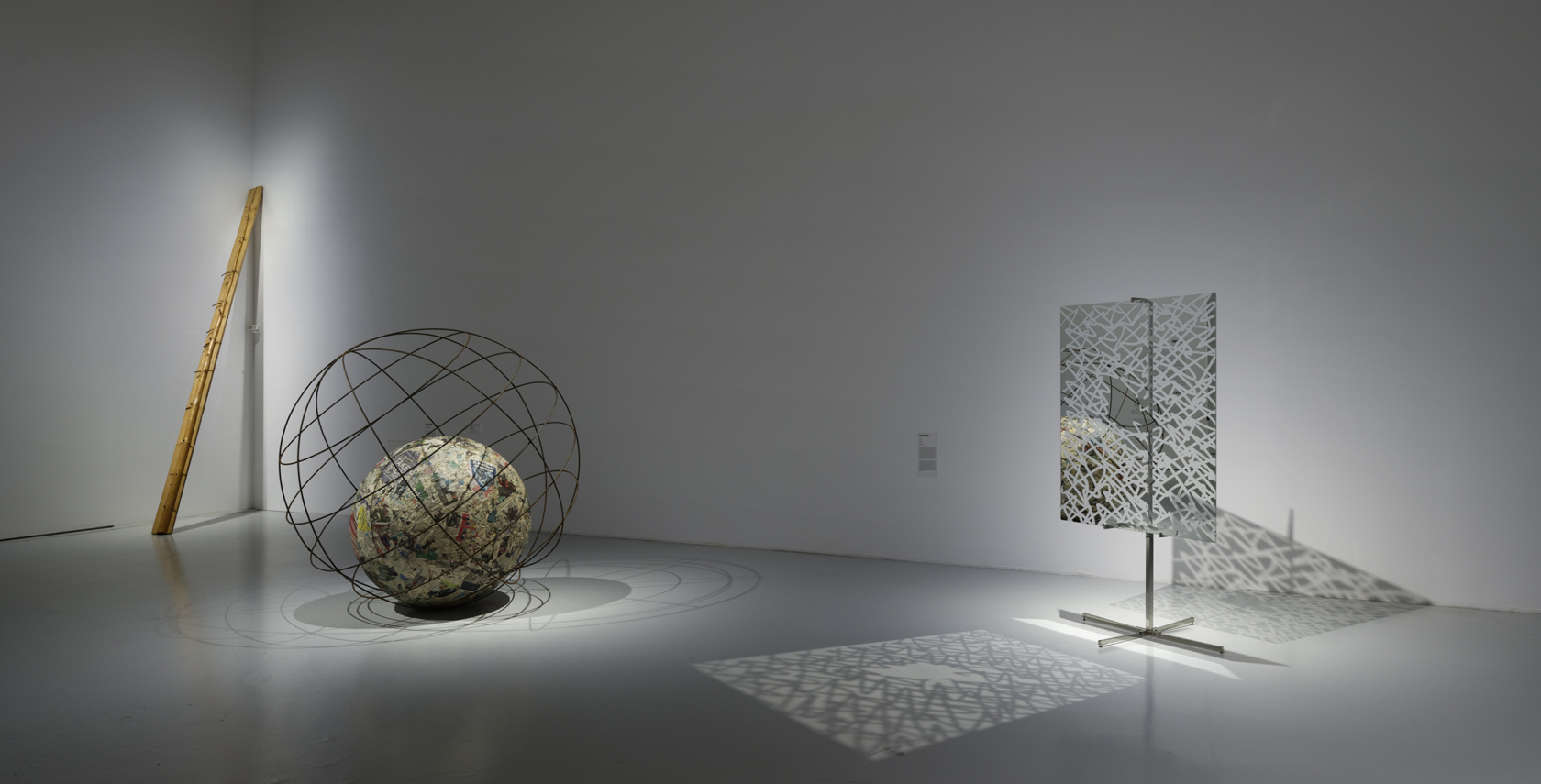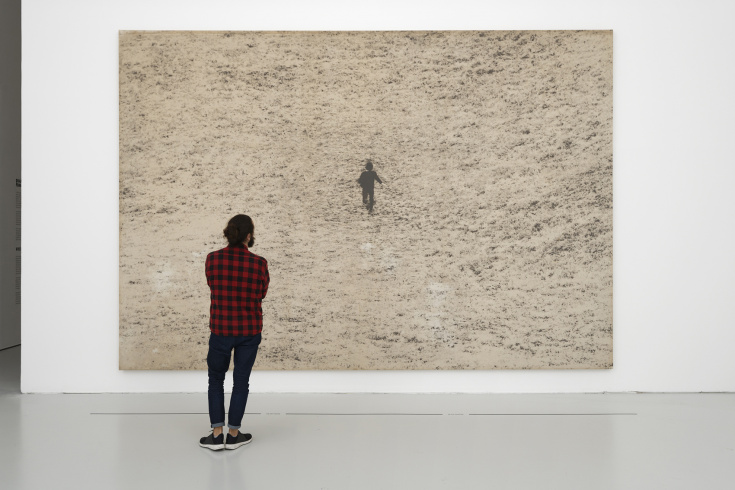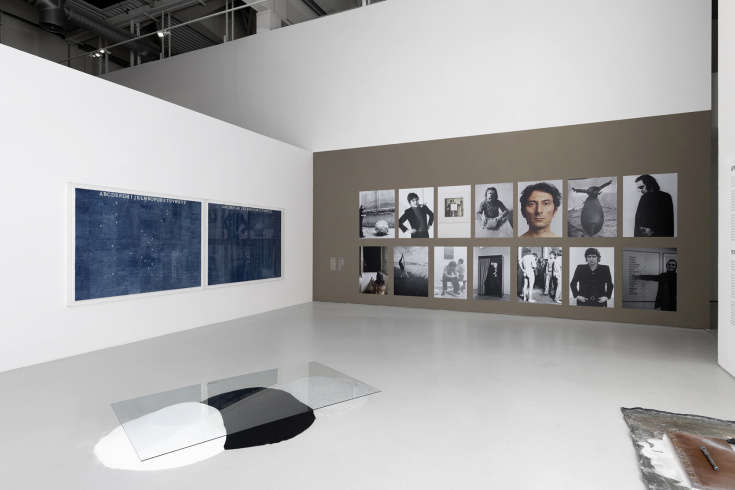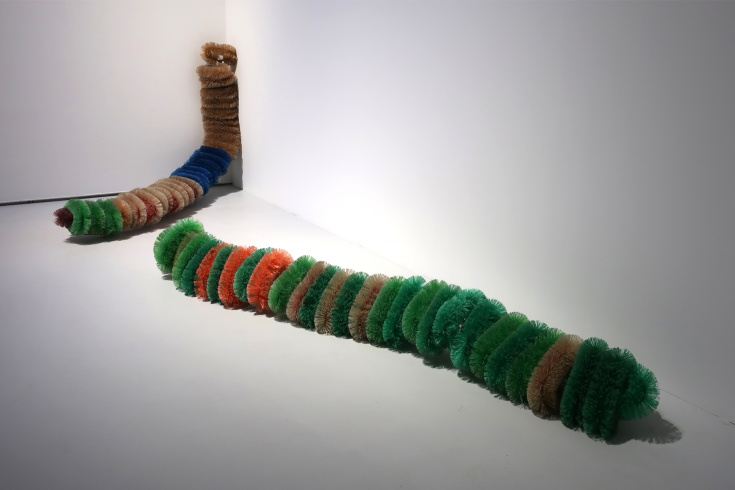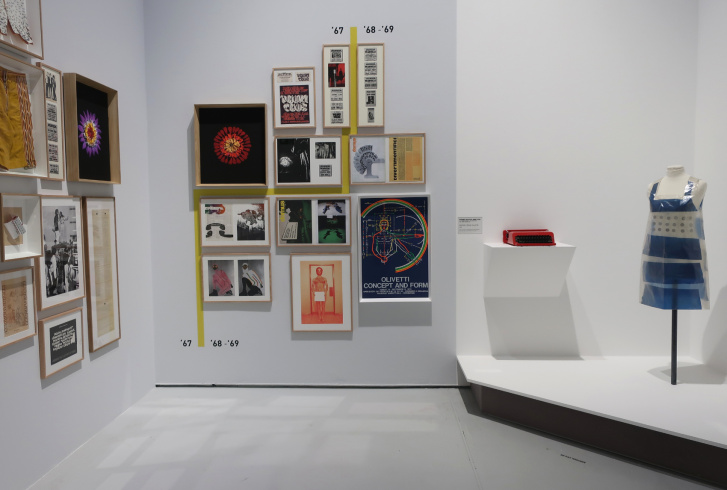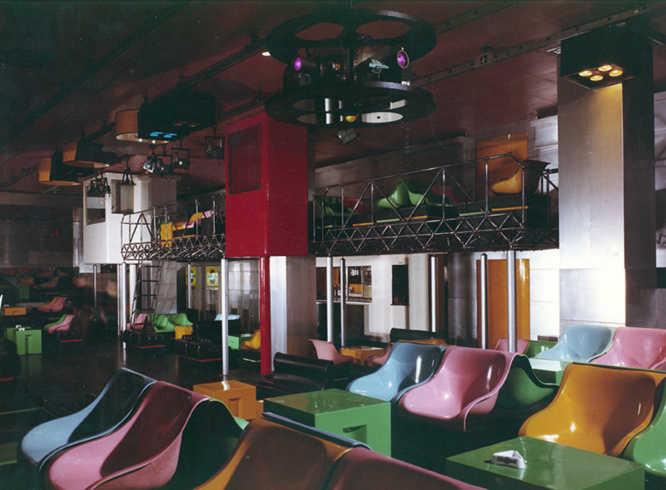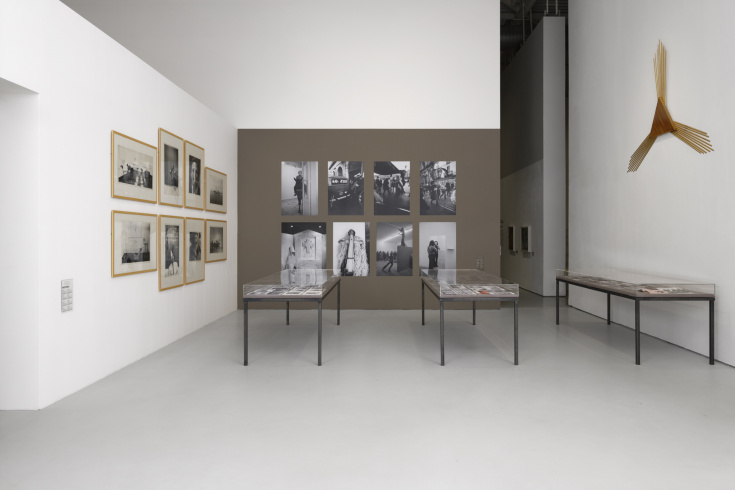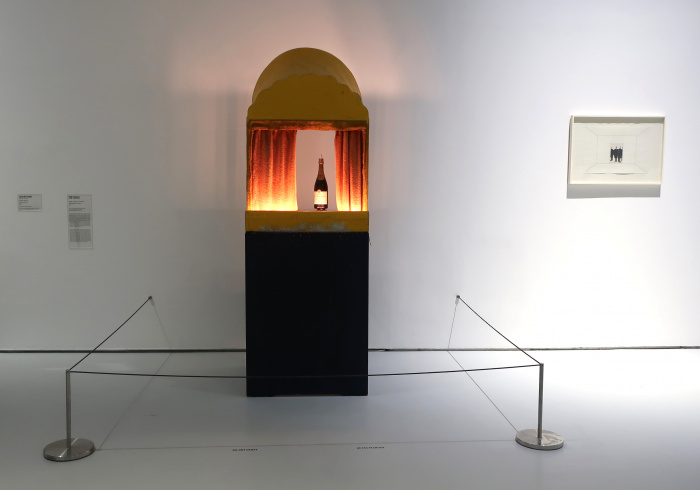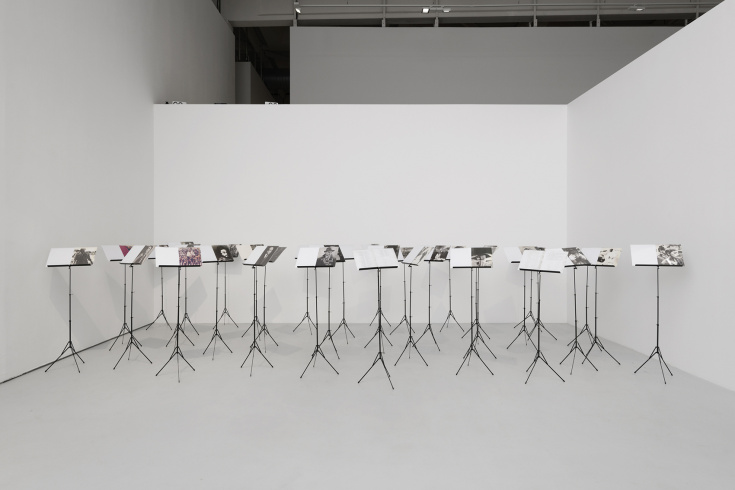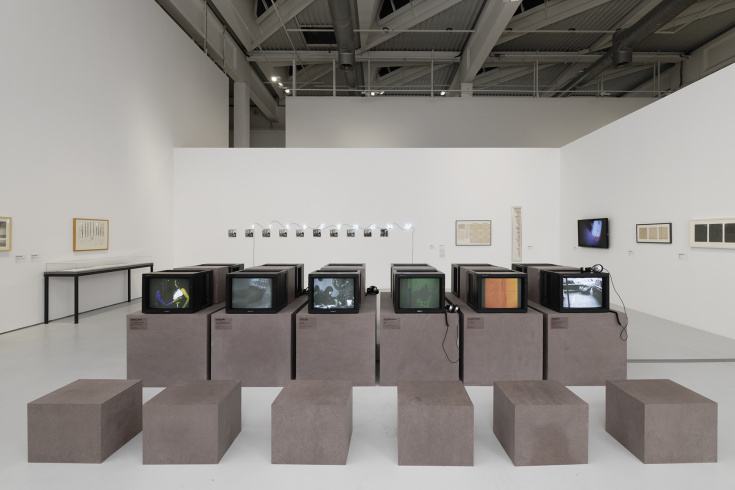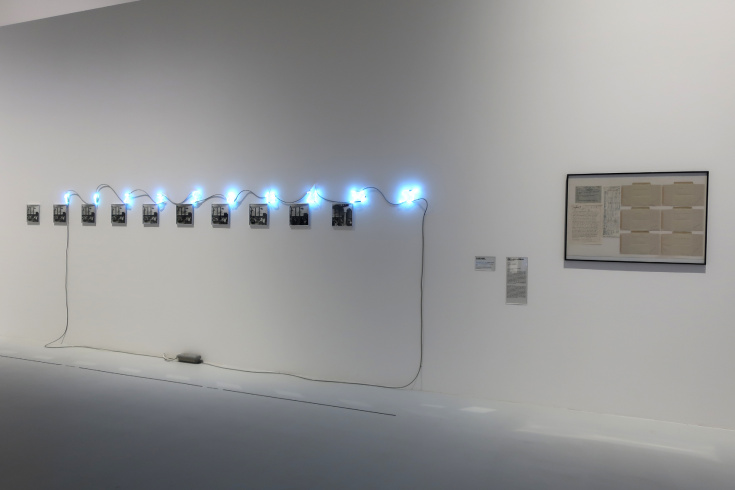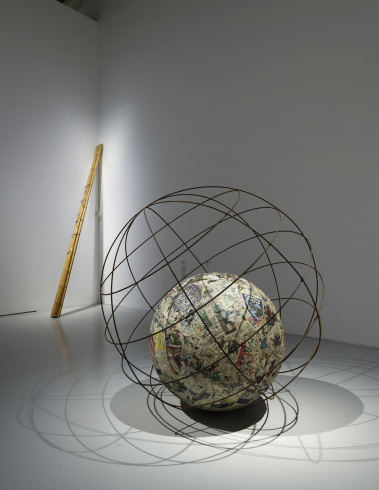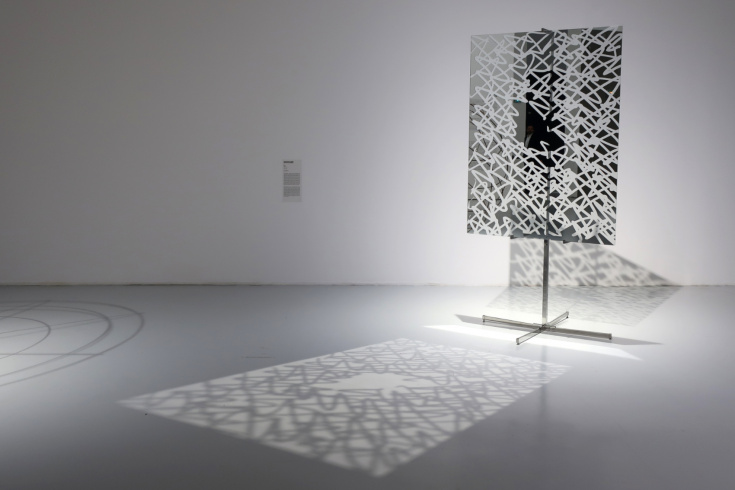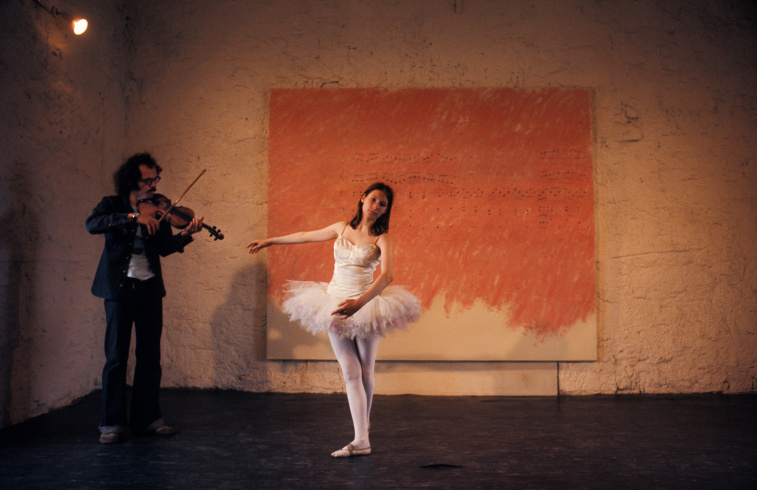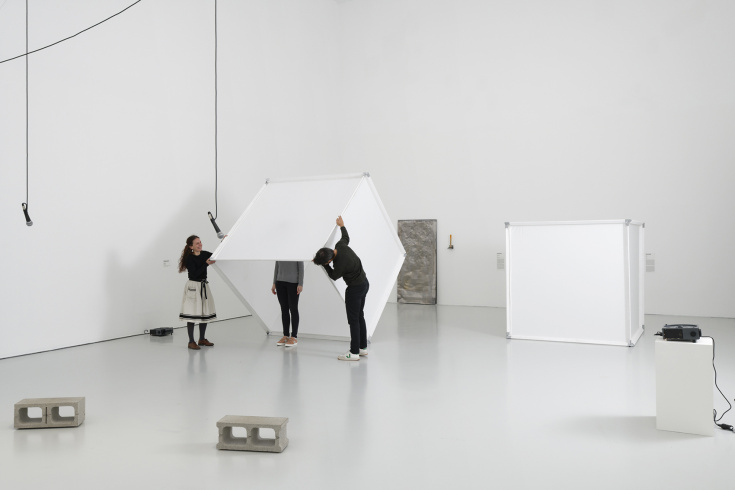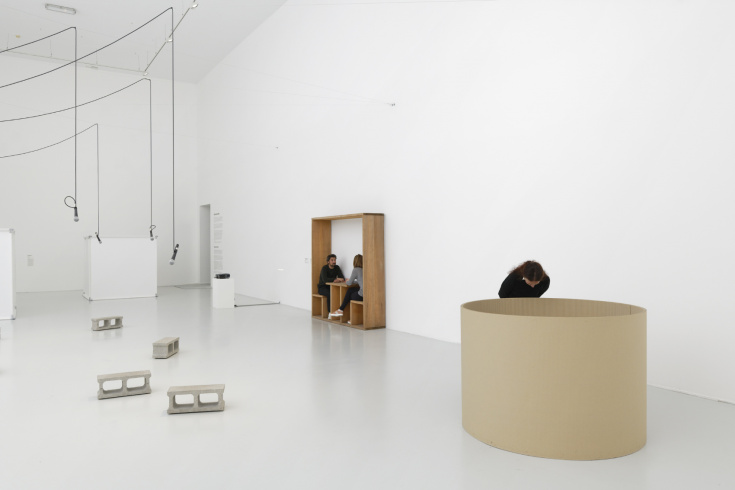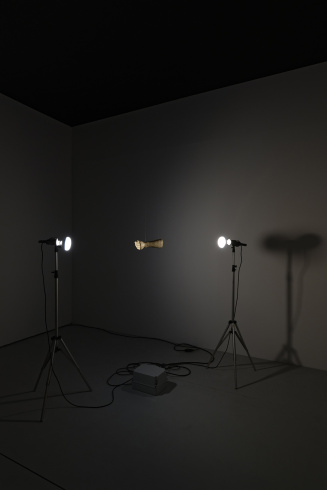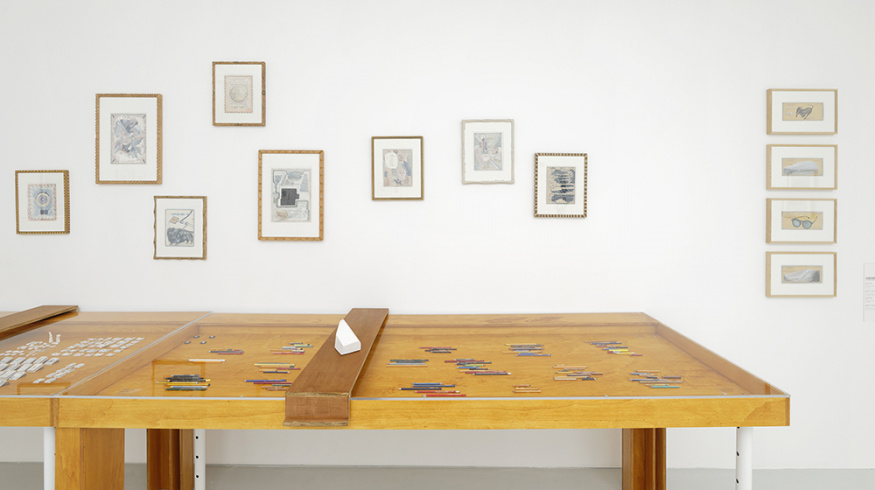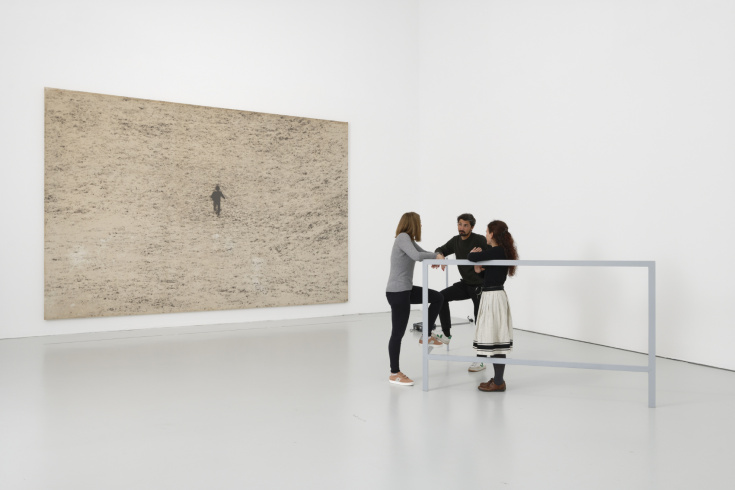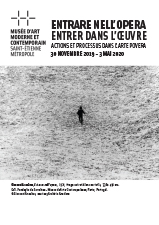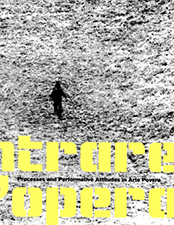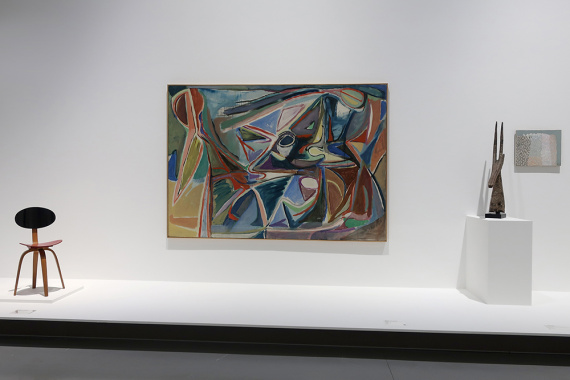AN INNOVATIVE EXPLORATION OF THE PERFORMATIVE DIMENSION OF ARTE POVERA
The exhibition Entrare nell’opera/Entering the work: actions and processes of Arte Povera, explores in depth and for the first time the performative dimension intrinsic to the movement – which was more of a collective adventure than a group, one interspersed with multiple actions and events in Italy in the 1960s and 1970s.
Beyond the mention of simple materials suggested by its name, the term ‘poor art’ was initially borrowed from Jerzy Grotowski’s theatrical term by the critic and mentor of this group phenomenon, Germano Celant. His legendary exhibition Arte povera più azioni povere, organised in 1968 at Amalfi, from the outset placed the necessity of action at the heart of these young artists’ considerations. Echoing with the social and political needs of that time, they stand for rejection of the traditional value of the artwork and the use of a unique technique for proposing collaborative experiences, gestures and attitudes, rather than artworks solely as objects to be contemplated.
Focused on the early years of Arte Povera, the exhibition Entrare nell’opera reveals the strong commitment of its protagonists to the notion of performance and the intensity of their interest in creating an interaction between object, body, temporality and space. For the purpose of formulating new approaches to art production, each artist in this exhibition worked with a broad range of media in an individual way, exploring new materials and using the simplest means to create poetic statements based on the events of everyday life. Their aim was to integrate as many forms of expression as possible, combining visual arts with movement in space and event-driven dynamics.
In contrast to Body Art or happenings of the same period, artists associated with Arte Povera always sought to temporalize their work and objectivise action. The interaction between artists rooted their production in collective manifestations and a meshing of forms of action constituting a characteristic trait.
The exhibition brings together nearly a hundred emblematic works, produced between 1963 and 1978, accompanied by almost three hundred photographic and filmic documents, a substantial archive that is partially unpublished. The first two sections, entitled Theatre and Time and place, present works and visual documentation in a dialogue that contextualizes the actions. The following two sections, Actions and Entering the work, allow visitors to interact with an entire series of objects and installations, becoming directly involved with them. The crucial role of participation, essential in Arte Povera, revolutionised the relationship between work, space and spectator. Referring both to the concepts of the Gesamtkunstwerk [total work of art] and ‘open work’ (the latter formulated by Umberto Eco), these experiments make Arte Povera, fifty years after its emergence, an art of the present, an art still vital.
The exhibition, conceived in close collaboration with artists or their successions, is a production of the Liechtenstein Kunstmuseum in partnership with the MAMC+. A richly documented illustrated catalogue is published by Walther König editions, with texts by Nike Bätzner, Lara Conte, Maddalena Disch, Pasquale Fameli, Marco Farano, Francesco Guzzetti, Teresa Kittler, Daniela Lancioni, Christiane Meyer-Stoll, Valentina Pero and Elena Zanichelli.
A coproduction with the Liechtenstein Kunstmuseum.
Curator

Alexandre Quoi
Chief curator of the MAMC+
Artists presented
Giovanni Anselmo (1934), Alighiero Boetti (1940-1994), Pier Paolo Calzolari (1943), Luciano Fabro (1936-2007), Jannis Kounellis (1936-2017), Eliseo Mattiacci (1940-2019), Mario Merz (1925-2003), Marisa Merz (1926-2019), Giulio Paolini (1940), Pino Pascali (1935-1968), Giuseppe Penone (1947), Michelangelo Pistoletto (1933), Emilio Prini (1943-2016), Gilberto Zorio (1944)
Catalogue
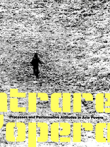
Entrare nell'opera : Processes and Performative Attitudes in Arte Povera
Collective work. Published by Liechtenstein Kunstmuseum and MAMC+. English. ISBN 9783960986768. Price: 58 euros.
14 artists
Implication, interaction of the visiteur
Approx. 100 works
Approx. 300 archives

